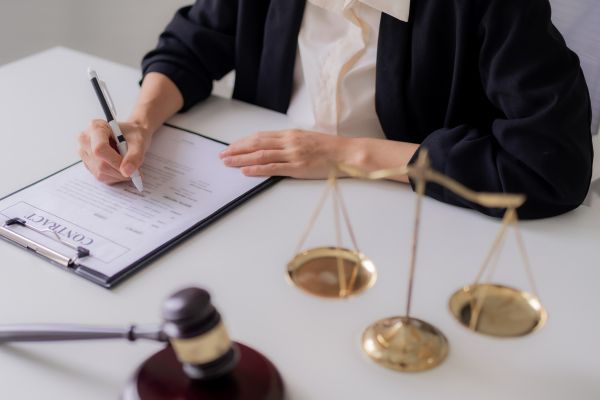It’s not unusual for someone to be less than ideal health before an accident occurs. What happens if an accident worsens an existing injury? It can cause complications, but should not stop you from obtaining fair compensation for your personal injury case.
Types of pre-existing injuries or conditions
There are many possibilities, but some of the most common preexisting injuries are:
- Previously broken bones
- Back pain
- Herniated disc
- Neck pain
- Traumatic brain injury (TBI)
- Strain and sprains
Pre-existing injuries don’t necessarily get worse from accidents. Pre-existing conditions can be exacerbated by accidents. Pre-existing conditions can also increase the impact of an accident. Here are some examples:
- arthritis
- Degenerative disc disease
- Diabetes
- Fibromyalgia is a condition that causes pain and discomfort.
- Cardiovascular disease.
How pre-existing conditions can complicate a personal injury claim
It is a well-known rule that money received (“damages”) does not include compensation for injuries and conditions that existed prior to the accident. If the at-fault person’s negligence or wrongful conduct caused your pre-existing condition to worsen, the at-fault can be held financially responsible. Although this rule sounds simple, due to the complexity of the human body, and the difficulties inherent in proving causality in some cases, it can be more difficult to calculate damages and determine liability.
Pre-Existing and Causation Injuries
Pre-existing injuries cases are more difficult because it is often the hardest part of cases. If you don’t have back pain or a history of severe back injuries, it is clear that the accident caused the injury.
However, if your lower back is hurt from a slip disc you suffered while working as a construction worker and then you get in a car accident, it could make it more difficult to obtain compensation. The at-fault driver, or your car insurance company, can claim that the back pain you feel now is due to a pre-existing injury.
“Damages” and your pre-existing condition or injury
It can be difficult to determine the exact amount of damages that you should receive, even if you can prove that the accident caused your pre-existing injury to worsen. Your damages could be the cost for prescription medication and chiropractor medical expenses. You might also suffer additional damages, such as lost earnings due to missed work. These are easy to calculate. It is more difficult to calculate your subjective and intangible damages like “pain and suffering”. These losses can be difficult to calculate if there isn’t a pre-existing injury. The task is even more difficult when the injury has been aggravated by an accident. No matter what calculations you make, you can rest assured that the person who is responsible for your injuries won’t believe your final figure to be excessive. Learn how to negotiate a personal injury settlement.
Rule “Eggshell Plaintiff”
Imagine that you have severe osteoporosis. One day, while grocery shopping you slip and fall in the puddle of water at one end of an aisle. Although the fall was not serious, your osteoporosis caused you to break your hip. Multiple surgeries are required and you will need to undergo months of physical therapy. Should the store be liable for your falls? Because of the “eggshell-plaintiff” rule, almost all cases will answer “yes”. The rule states that the liable party is responsible regardless of whether the plaintiff was in a pre-accident condition. The defendant must compensate the plaintiff for all injuries. This means that even if the plaintiff has a pre-existing condition, or if it makes the injury more severe, the defendant must compensate the plaintiff. Learn more about foreseeability and intervening causes.
Pre-existing injuries are not always a negative
Even though there are additional complications, pre-existing injuries can sometimes make it easier for plaintiffs to get compensation. This is because a clear picture can help identify the victim’s condition prior to the accident and determine the extent of the injury.
Let’s take a look at the case of the former construction worker suffering lower back pain after a car accident. Now let’s add that the claimant is sixty years old. One of the arguments made by the defendant following the accident is that the herniated disc probably existed prior to the accident due to the claimant’s age, natural degeneration, and his spine. Fortunately, the claimant has been receiving ongoing treatment and his work injury, so MRI images of his back show that it was in good condition just weeks before the accident. There is no evidence of herniation. These pre-accident medical records make it much easier to challenge the defendant’s claims.


